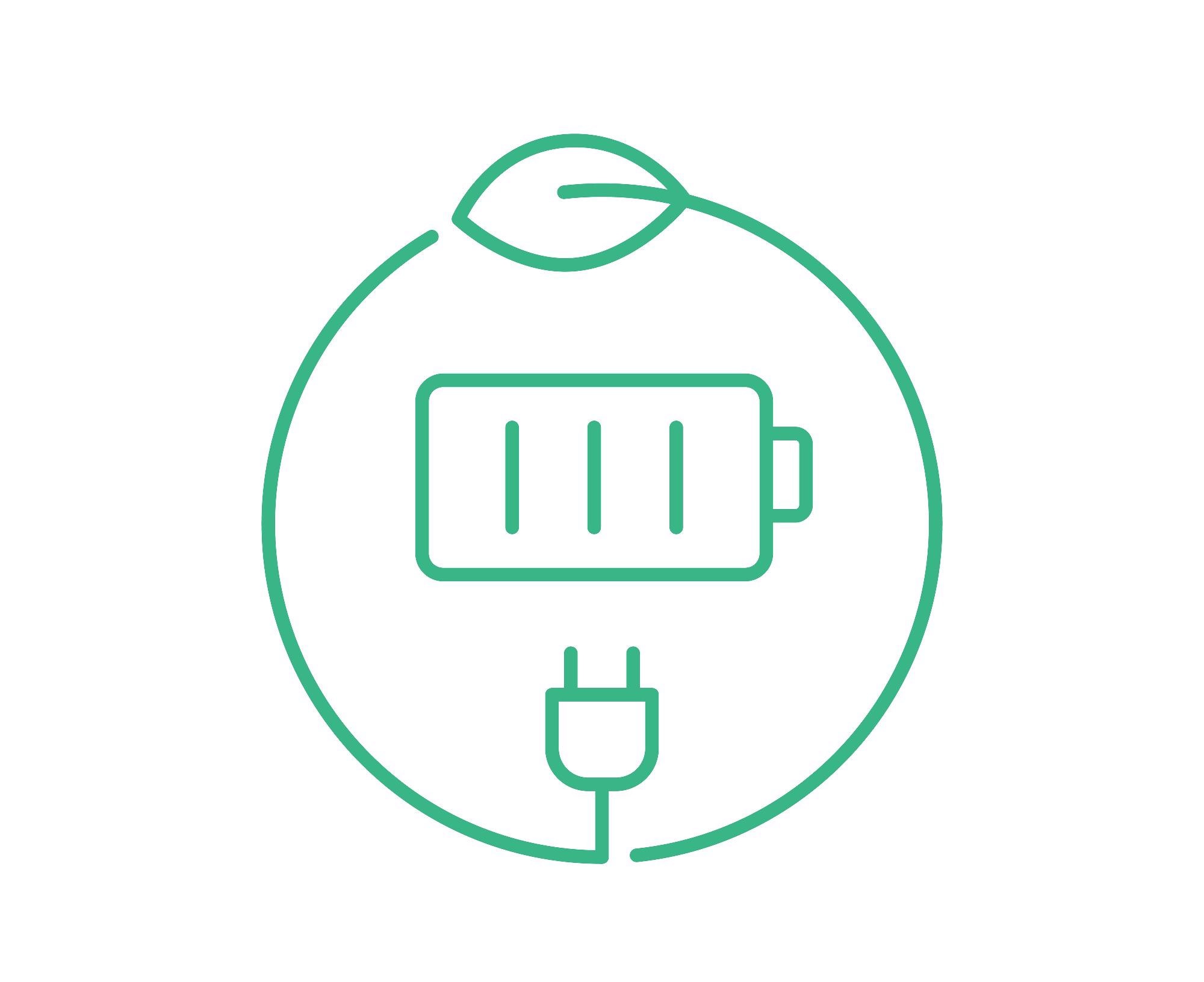Scientists from the Republic of Korea and India have reported the development of a novel zinc-air battery with self-recharging capabilities based on functionalized graphene nanosheets produced from biomass. Their findings have been reported in the journal ACS Applied Energy Materials.

Study: Biomass-Based Functionalized Graphene for Self-Rechargeable Zinc–Air Batteries. Image Credit: Tasha Vector/Shutterstock.com
Improving Green and Sustainable Energy Harvesting and Storage Applications
Fossil fuel exploitation is a critical environmental issue. Because of the dangers of climate change, the need for green, sustainable devices which can both harvest and store energy simultaneously has received increased research focus.
Integrating devices that can perform both these functions is a route toward reducing humanity’s reliance on fossil fuels and meeting growing energy demands. Autonomous self-powered devices have emerged as a key research topic recently. In these devices, storage components such as supercapacitors and batteries are coupled with parts that harvest electricity, such as piezoelectric nanogenerators.
There are challenges with these devices, however. They can suffer from intermittent power supply and consequent charging issues, as well as limited lifetimes and problems with design complexity.
Metal-Air Batteries
Metal-air batteries are a recent area of energy harvesting and storage research that could overcome the problems faced currently by researchers. These devices are inspired by biological respiration, drawing sustainable and abundant energy resources directly from the air.
In a metal-air battery, external biases are not required for their operation. Zinc-air batteries have emerged as one of the most advantageous variants of these revolutionary devices, with great promise for advanced energy storage applications. They possess benefits such as low cost, high theoretical capacity, abundance, and safety.
Technical challenges need to be overcome with rechargeable zinc-air batteries before they can reach full commercialization, however. Zinc suffers from non-uniform deposition and dissolution, which is difficult to overcome. This severely limits the potential lifecycle of zinc-air batteries, which is a critical issue with device design.
Harvesting Energy from Natural Materials and Biomass
The utilization of biomass and natural materials to harvest energy is another key research focus currently in sustainable energy research. Biomass is abundant, sustainable, and considered carbon neutral. Fuel cells that take advantage of the action of microorganisms and enzymes have been developed in recent years, but they still suffer from drawbacks such as limited lifetimes and power outputs.
Whilst several strides have been made in the design of energy harvesting devices that generate power from biomass, complex material synthesis and device design hampers the manufacture of reliable and efficient sustainable devices.
Sustainable nanomaterials produced from biomass hold the potential to bring about the full commercialization of metal-air batteries. Graphene-based materials have emerged as a forerunner in materials design for these devices. Several materials have been explored in recent studies, with functionalized graphene nanosheets showing particular promise due to their reversible redox processes.
The Study
The authors have designed a novel self-recharging zinc-air battery inspired by aerobic respiration, which takes advantage of the benefits of functionalized graphene nanosheets. The main benefit of using this material is the enhanced tunability of devices. Pears were used as a carbon precursor.
Continuous substantial power levels up to several volts were achieved in the device. The zinc-air battery is composed of a zinc foil anode and carbon fiber strip cathode. Post-discharge, they can be self-recharged in air, taking advantage of the biomimicking respiration of functionalized graphene nanosheets. Oxygen and moisture in the air are directly converted into chemical energy in the device.
Another advantage of the system is enhanced stability due to the presence of functionalized graphene nanosheets. This stability is retained over prolonged periods of use, with continuous harvesting and storage achieved in the proposed device. The proposed device is incredibly durable. The authors demonstrated the battery’s performance by connecting devices in series to power a motor and an LED.
In Summary
The novel zinc-air battery presented in the paper has the potential to provide direct power for a multitude of devices without the need for external power sources. Moreover, its use is not limited by energy availability or time of day/season as the aerobic respiration-mimicking functionality continuously draws moisture and oxygen from ambient air, converting them into chemical energy.
The superior power capacity, durability, and self-recharging capabilities of the proposed design make it extremely beneficial for the development of self-powering and recharging energy harvesting and storage applications. The research opens new avenues in sustainable and eco-friendly energy research and electronic applications.
More from AZoM: Reviewing the Use of Computational NIR Spectroscopy
Further Reading
Das, G.S et al. (2022) Biomass-Based Functionalized Graphene for Self-Rechargeable Zinc–Air Batteries ACS Applied Energy Materials [online] pubs.acs.org. Available at: https://pubs.acs.org/doi/10.1021/acsaem.2c00169
Disclaimer: The views expressed here are those of the author expressed in their private capacity and do not necessarily represent the views of AZoM.com Limited T/A AZoNetwork the owner and operator of this website. This disclaimer forms part of the Terms and conditions of use of this website.